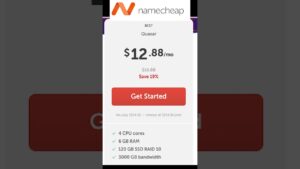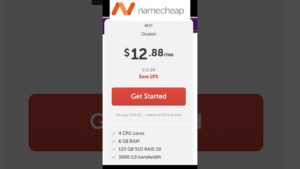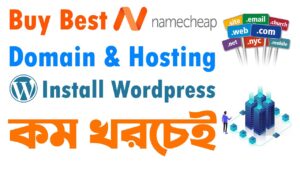
Are you looking to connect your Namecheap domain to your Blogger website? If so, you’re in the right place! In this guide, we’ll walk you through the steps to connect your Namecheap domain to your Blogger site seamlessly. By the end of this article, you’ll be equipped with the knowledge and tools to successfully link your domain to your Blogger account.
### Why Connect Namecheap Domain to Blogger?
Before we dive into the technical steps, let’s quickly discuss why you might want to connect your Namecheap domain to your Blogger site. Having a custom domain name adds professionalism and credibility to your blog or website. Instead of using a generic domain provided by Blogger, having your own domain (e.g., www.yourwebsite.com) gives your site a unique identity and makes it easier for visitors to remember and find you online.
### Step 1: Purchase a Domain from Namecheap
If you haven’t already purchased a domain from Namecheap, head over to their website and search for the domain name you want. Once you find an available domain that suits your needs, proceed to purchase it. Make sure to choose a domain name that reflects your brand or blog effectively.
### Step 2: Access Your Namecheap Account
After purchasing your domain, log in to your Namecheap account. Navigate to the dashboard where you can manage your domain settings.
### Step 3: Locate the DNS Settings
In your Namecheap account, find the DNS (Domain Name System) settings for the domain you want to connect to your Blogger site. The DNS settings are crucial as they help direct visitors to the correct server when they enter your domain name in a web browser.
### Step 4: Access Your Blogger Account
Next, log in to your Blogger account where your website is hosted. If you don’t have a Blogger account yet, you’ll need to create one before proceeding.
### Step 5: Configure Custom Domain in Blogger
In your Blogger dashboard, locate the “Settings” tab and click on “Basic.” Look for the “Publishing” section and click on the “Set up a third-party URL for your blog” link. Enter your custom domain (e.g., www.yourwebsite.com) in the provided field and click “Save.”
### Step 6: Obtain the CNAME Records
Now, go back to your Namecheap account and locate the CNAME (Canonical Name) records. You’ll need to add these records in your Namecheap DNS settings to connect your


